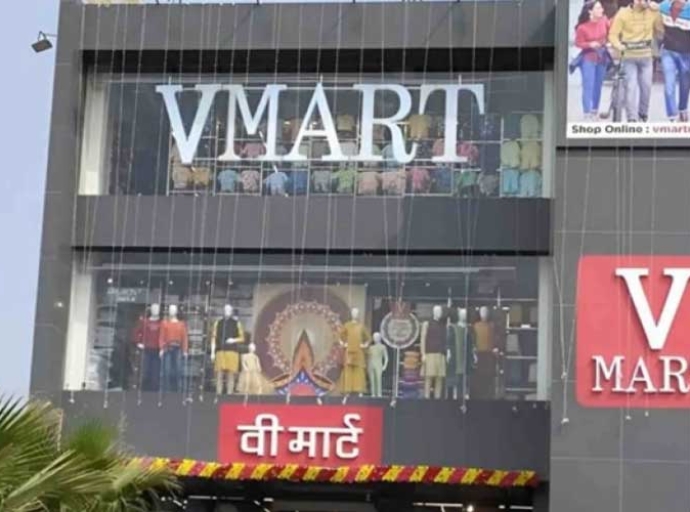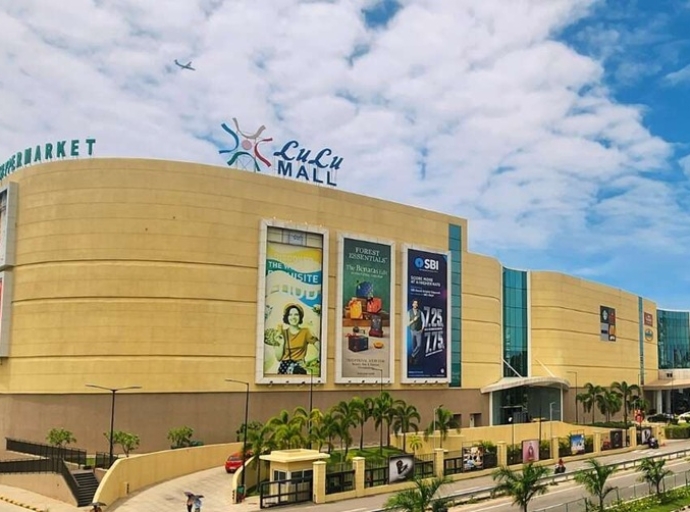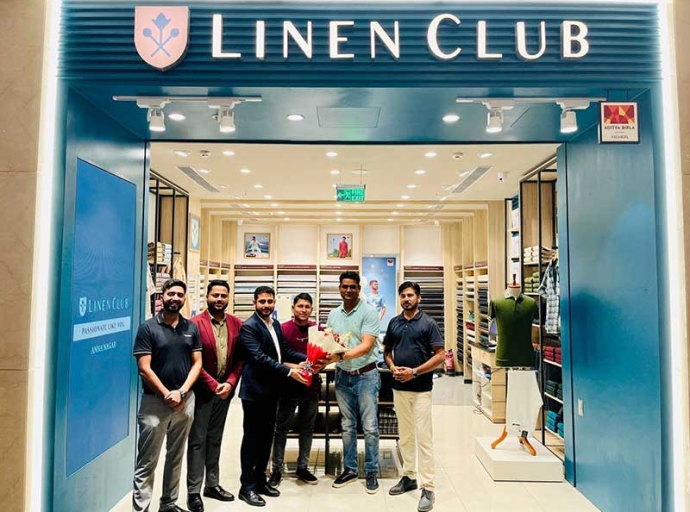21 June 2023, Mumbai
Online shopping a quintessential convenience for urban lives across India has penetrated territories physical retail brands couldn’t reach earlier.
As per estimates by 2026, e-commerce in India will be worth over $200 billion and by 2027 India will have over 427 million e-commerce users.
With such unprecedented growth, it is only natural for fashion retail to take on a head start and ride this ever-growing wave and become a substantial contributor to the overall e-commerce sector.
E-commerce fashion retailers ride on the success
Numerous fashion e-commerce websites that have mushroomed over the years including Myntra, Ajio, Kanchan Fashion, Meesho, etc, are now household names.
A Statista’s report highlights India’s fashion market will be around $14.4 billion by 2023 as fashion continues to grow since 2019 at a CAGR of 18.5 per cent. This incredible growth can be attributed to several factors, including the convenience of online shopping, attractive discounts, and a wide range of choices.
Increased access and the reach of e-commerce have eliminated geographical barriers, allowing consumers from the most remote corners of India to access the latest fashion trends.
Fundamental tailwind
While figures indicate e-commerce is still in its inchoate stage in India, contributing only 10 per cent of the nation’s retail, there is enormous scope compared to e-commerce’s global share in retail which stands at 19 per cent and is expected to become 25 per cent by 2026.
In fact, a June 2022 retailer’s summit in Mumbai estimated fashion contributes around 12 per cent of all sales on e-commerce and this share is expected to touch 30 per cent by 2027.
Advantages for fashion in e-commerce
The fashion retail sector experienced the taste of outreach through e-commerce wherein it had the largest swathe of the nation as its catchment area.
Fashion retail no is longer limited to urban pockets where it found profitability through physical presence. Today, fashion products are being shipped to every nook and crannies of India, places that weren’t even on fashion’s radar.
Moreover, e-commerce has given a well-deserved platform for new fashion designers and fashion start-ups who earlier were unable to broaden their market due to operational and marketing costs involved in physical retailing. The popularity of social media that does the marketing for e-commerce has been a relatively inexpensive tool and a welcome opportunity for such designers and businesses.
Technically, today a start-up fashion house can have a similar reach as Ajio or Trends Online.
Also, physical spaces were a barrier for a fashion brand as it put forward its inventory as its portfolio or collection is now as big as its collection thanks to e-commerce.
Intrinsic advantages
Fashion brands have the luxury of showcasing their complete inventory in the digital space. This highlights their style, sizes, and niche creations to the best advantage.
This can also be extended as a democratic platform where new brands can compete with established labels and domestic brands with international ones on an even playing field.
What’s more, the restrictive environment of physical space can be set aside to offer convenience and a board for creative inspiration. AI has developed sophisticated software that enables digital trials at the click of a tab over the tedious physical trial of a large number of outfits in a tight changing room.
The Metaverse provides an extraordinary canvas of a world of fashion to experiment with styles, outfits, and accessories and create individual looks.
Overall, e-commerce’s transformative impact has created opportunities for job creation, economic growth, and investments, shaping the future of the Indian fashion industry.
Latest Publications


































